How Much Does it Cost to Put Plumbing in a Shed?
Adding plumbing to a shed can transform a simple storage space into a functional workshop, studio, or guest house. However, the cost of installing plumbing can vary widely based on several factors. This guide will provide a detailed overview of the costs involved in adding plumbing to a shed, including materials, labor, and other considerations. Understanding these costs will help you plan your project effectively and ensure that your shed meets your needs without breaking your budget. Properly planned plumbing installation not only increases the shed’s utility but also adds significant value to your property, making it a wise investment for homeowners looking to enhance their space.
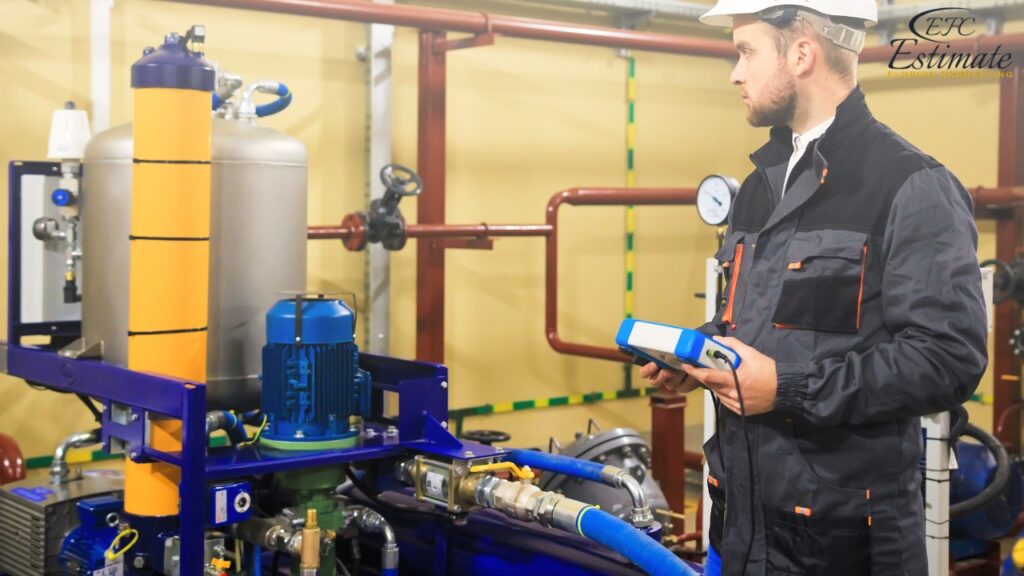
Why Add Plumbing to a Shed?
Enhancing Functionality
Installing plumbing in a shed can significantly enhance its functionality and value. Whether you want to create a workspace with running water, a small bathroom, or even a kitchenette, plumbing can turn your shed into a versatile space. This addition can also increase the property value by providing additional livable space. With proper plumbing, your shed can serve various purposes, such as a home office, a hobby room, or even a rental unit. The availability of water and proper drainage can open up new possibilities for how you use the shed, transforming it from a simple storage area to a fully functional extension of your home. Imagine having a dedicated space where you can wash up after working in the garden, a private studio with all necessary amenities, or a cozy guest house complete with a bathroom and kitchenette.
Increasing Property Value
Adding plumbing to a shed can boost your property’s overall value. This is particularly beneficial if you plan to sell your home in the future. Potential buyers often look for additional features that add convenience and usability, and a shed with plumbing can be a significant selling point. This investment can pay off by making your property more attractive to buyers. A well-equipped shed can serve as a unique selling proposition, setting your property apart from others on the market and potentially increasing its resale value. Furthermore, a shed with plumbing can appeal to a wide range of buyers, including those looking for extra living space, a home office, or a rental unit, thereby broadening your market appeal.
Factors Influencing Plumbing Installation Costs
Distance from the Main House
The distance from the main house to the shed plays a significant role in the overall cost. The farther the shed is from the main plumbing lines, the more materials and labor will be required to connect the shed to the main water supply and sewer lines.
Close Proximity (10-20 feet): $1,960 - $3,920
- If the shed is located close to the main house, the cost of trenching and laying pipes will be lower. Shorter distances require fewer materials and less labor, making the installation process more straightforward and cost-effective. In addition, closer proximity reduces the risk of complications that can arise from long pipe runs, such as potential leaks or pressure drops. The convenience of a short distance means that the project can be completed more quickly, with fewer disruptions to your daily routine.
- Example: A shed located 15 feet from the main house, requiring minimal trenching and pipe laying. The cost includes basic materials and labor for connecting the shed to the existing plumbing system. The ease of access and minimal distance help keep costs down while ensuring efficient water flow and drainage. This setup is ideal for homeowners looking to add basic plumbing features without a significant financial outlay.
Moderate Distance (20-50 feet): $3,920 - $7,840
- For sheds located a moderate distance from the main house, the cost will increase due to the additional materials and labor required for trenching and laying pipes. This distance still allows for manageable installation costs, but it requires careful planning and execution. The trenching process might involve navigating around existing landscaping or structures, adding to the complexity and cost. Proper planning is essential to avoid any interruptions to existing utilities and to ensure a smooth installation process.
- Example: A shed located 30 feet from the main house, requiring moderate trenching and pipe laying. The cost includes additional materials and labor to ensure proper connection and functionality. Proper planning is essential to avoid any interruptions to existing utilities and to ensure a smooth installation process. This option provides a balance between cost and convenience, making it suitable for more elaborate plumbing setups that require moderate distances.
Long Distance (50+ feet): $7,840 - $15,680+
- If the shed is located far from the main house, the cost can be significantly higher due to the extensive trenching and piping required. Long distances require more materials and labor, as well as potential challenges in navigating obstacles or varying terrain. The increased length of pipe can also lead to greater potential for issues such as water pressure loss and more extensive future maintenance needs. Additionally, longer distances might necessitate more robust piping materials to ensure durability and prevent leaks.
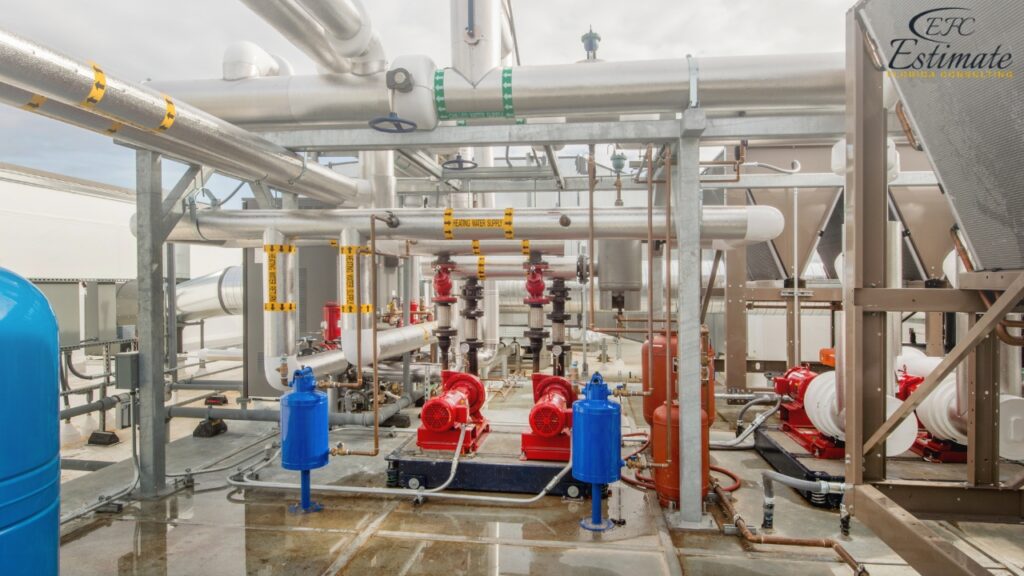
- Example: A shed located 60 feet from the main house, requiring extensive trenching and pipe laying. The cost includes significant materials and labor, as well as potential additional costs for overcoming obstacles or challenging terrain. The installation process might require additional permits or specialized equipment to handle the extended distance and ensure a reliable plumbing system. This setup is ideal for large properties where the shed is situated far from the main house, requiring a substantial investment to ensure proper functionality.
Type of Plumbing Fixtures
The type of plumbing fixtures you choose will also impact the overall cost. Basic fixtures such as sinks and toilets are more affordable, while high-end fixtures and additional features such as a shower or kitchenette will increase the cost.
Basic Fixtures: $980 - $2,940
- Basic plumbing fixtures include a simple sink, toilet, and necessary piping. These fixtures are cost-effective and provide essential functionality without significant expense. They are ideal for creating a functional space with minimal investment, perfect for sheds used as workshops or simple utility spaces. Basic fixtures are easy to install and maintain, making them a practical choice for homeowners looking to enhance their shed’s usability without breaking the bank.
- Example: Installing a basic sink and toilet in the shed, providing essential plumbing capabilities for a workshop or hobby space. These basic fixtures meet the fundamental needs while keeping costs low, making them a practical choice for budget-conscious projects. Basic fixtures offer the essential features needed for everyday tasks, ensuring the shed is functional and versatile.
90% More Chances to Win Projects With Our Estimate!
- Multi-Family Building
- Hotel Building
- Hospital Building
- Warehouse Building
- School & University Building
- High-Rise Building
- Shopping Complex
- Data Center Building
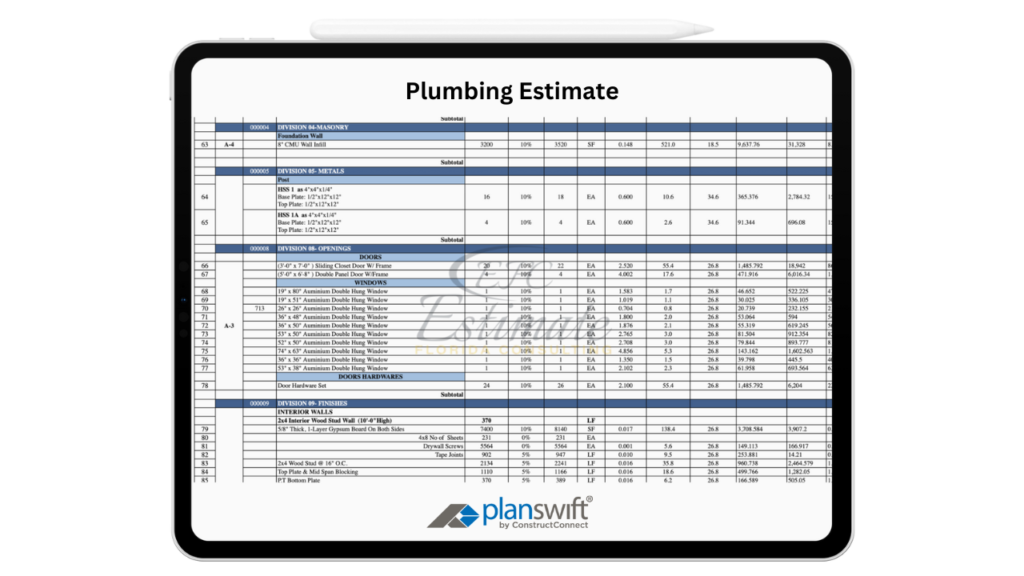
Mid-Range Fixtures: $2,940 - $5,880
- Mid-range fixtures may include a higher quality sink and toilet, along with additional features such as a small shower. These fixtures offer better quality and functionality, providing a more comfortable and versatile space. They are suitable for sheds intended to serve as guest houses or home offices, where enhanced usability is desired. Mid-range fixtures typically feature more durable materials and improved designs, offering a balance between cost and functionality.
- Example: Installing a mid-range sink, toilet, and small shower, enhancing the shed’s usability as a guest house or home office. These fixtures provide a balance between cost and functionality, offering improved durability and aesthetics compared to basic options. Mid-range fixtures are ideal for creating a more comfortable and welcoming environment, suitable for extended use.
High-End Fixtures: $5,880 - $9,800+
- High-end fixtures include premium sinks, toilets, showers, and potentially a small kitchenette. These fixtures provide luxury and advanced features, significantly enhancing the shed’s functionality and comfort. High-end fixtures are ideal for creating a fully functional living space that offers the same conveniences as the main house. They often feature high-quality materials, advanced technology, and stylish designs, ensuring a superior user experience.
- Example: Installing a high-end sink, toilet, shower, and kitchenette, transforming the shed into a fully functional living space. These premium fixtures offer superior quality, advanced features, and stylish design, making the shed a comfortable and inviting environment. High-end fixtures are perfect for those looking to create a luxurious space that rivals the amenities of the main house, providing all the comforts of home in a separate, dedicated space.
Complexity of the Installation
The complexity of the plumbing installation can also affect the cost. Simple installations with minimal fixtures and straightforward connections will be less expensive than complex installations with multiple fixtures and intricate piping systems.
Simple Installation: $1,960 - $4,900
- Simple installations involve minimal fixtures and straightforward connections to the main plumbing system. These installations are less labor-intensive and require fewer materials, resulting in lower costs. They are suitable for sheds with basic plumbing needs, such as a single sink or toilet. Simple installations are ideal for homeowners looking to add basic plumbing features without extensive renovations.
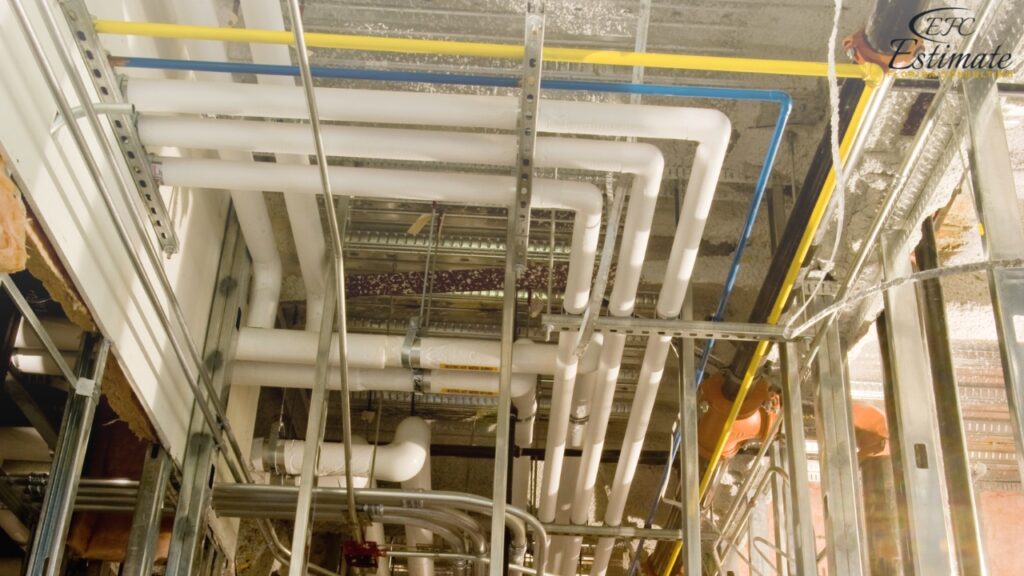
- Example: Installing a basic sink and toilet with simple connections to the main water supply and sewer lines. The straightforward nature of the installation helps keep costs down while still providing essential plumbing functionality. Simple installations ensure that the plumbing system is reliable and meets basic needs without unnecessary complexity.
Moderate Installation: $4,900 - $9,800
- Moderate installations include additional fixtures and more complex piping systems. These installations require more materials and labor, increasing the overall cost. They are appropriate for sheds with multiple plumbing fixtures, such as a sink, toilet, and shower. Moderate installations often involve more detailed planning and coordination to ensure all fixtures are properly integrated and functional.
- Example: Installing a sink, toilet, and small shower with a moderate level of complexity in the piping system. The additional fixtures and more complex layout necessitate careful planning and execution to ensure a reliable and efficient plumbing system. Moderate installations strike a balance between functionality and cost, providing enhanced features without overwhelming complexity.
Complex Installation: $9,800 - $19,600+
- Complex installations involve multiple fixtures, intricate piping systems, and potentially additional features such as a kitchenette. These installations require extensive materials and labor, resulting in higher costs. They are ideal for sheds being converted into full living spaces with comprehensive plumbing needs. Complex installations often require specialized skills and equipment to ensure all components are properly installed and integrated.
- Example: Installing a sink, toilet, shower, and kitchenette with a complex piping system, providing a fully functional living space. The complexity of the installation requires skilled labor and detailed planning to ensure all fixtures operate correctly and efficiently. Complex installations create a space that can serve as a standalone living area, complete with all necessary amenities.
Get 5 New Leads Next 7Days With Our System
- Multi-Family Building
- Hotel Building
- Hospital Building
- Warehouse Building
- High-Rise Building
- Shopping Complex
Labor Costs
Labor costs are a significant component of plumbing installation expenses. Skilled labor ensures that the plumbing is installed correctly and to code. Labor costs can vary based on the complexity of the installation and the region where the work is being done.
Basic Labor: $980 - $2,940
- Basic labor includes tasks such as trenching, pipe laying, and fixture installation. These tasks are essential for creating a functional plumbing system and ensuring proper connections. Basic labor is typically sufficient for straightforward installations with minimal fixtures. Hiring skilled professionals for basic tasks ensures that the work is completed efficiently and meets all relevant building codes.
- Example: Hiring a plumber to perform basic labor tasks, including trenching, pipe laying, and installing a sink and toilet. Basic labor helps ensure that all plumbing connections are secure and meet local building codes. Reliable labor is crucial for preventing future issues and ensuring the longevity of the plumbing system.
Specialized Labor: $2,940 - $5,880
- Specialized labor includes tasks such as complex piping systems, soil stabilization, and installing high-end fixtures. These tasks require skilled workers with specific expertise to ensure the plumbing system’s durability and functionality. Specialized labor is necessary for installations with more complex requirements or high-end fixtures. Employing experienced professionals for specialized tasks ensures that all aspects of the installation are handled with precision and care.
- Example: Hiring a plumber with specialized skills to install a complex piping system, including a shower and kitchenette. Specialized labor ensures that the installation is completed to high standards, providing reliable and long-lasting performance. Skilled labor is essential for ensuring that complex installations meet all safety and performance standards.
Permits and Inspections
Permits and inspections are necessary for ensuring that the plumbing installation meets local building codes and regulations. The cost of permits and inspections can vary based on the region and the complexity of the installation.
Basic Permits and Inspections: $140 - $980
- Basic permits and inspections cover simple installations with minimal fixtures and straightforward connections. These permits ensure that the plumbing meets local building codes and safety standards. Obtaining the necessary permits is essential for ensuring compliance with all relevant regulations and avoiding potential fines or complications.
- Example: Obtaining a basic permit for installing a sink and toilet in the shed. Permits ensure that all work is performed according to local standards, providing peace of mind and protecting the investment in the plumbing system.
Moderate Permits and Inspections: $980 - $1,960
- Moderate permits and inspections cover installations with additional fixtures and more complex piping systems. These permits ensure that the plumbing meets all necessary regulations and standards. Proper inspections are crucial for verifying that the installation is safe and functional, preventing future issues and ensuring long-term reliability.
- Example: Obtaining a permit for installing a sink, toilet, and shower in the shed.
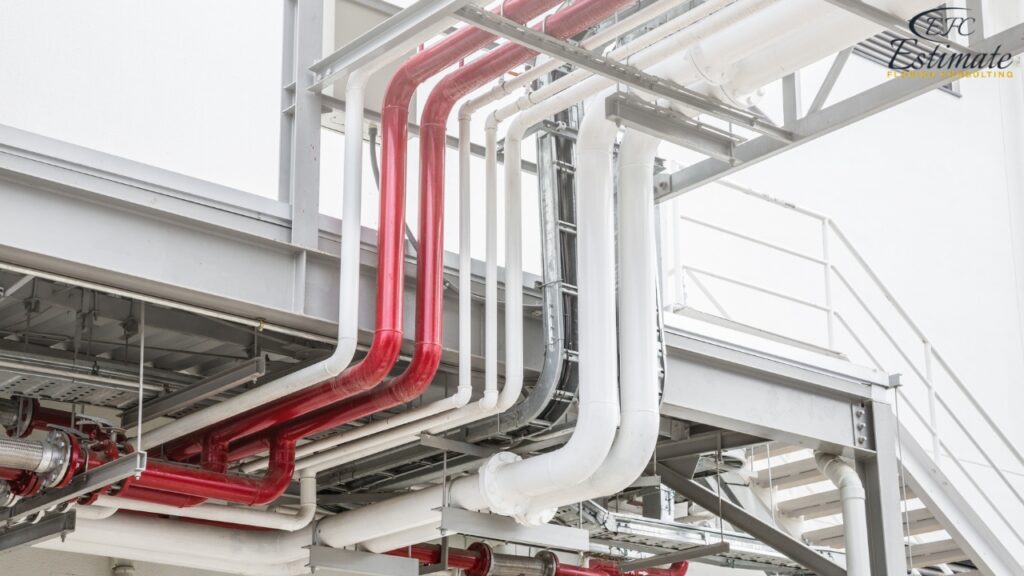
Inspections ensure that all components are correctly installed and meet local building codes, providing assurance of the system’s quality and safety.
Comprehensive Permits and Inspections: $1,960 - $3,920+
- Comprehensive permits and inspections cover complex installations with multiple fixtures and intricate piping systems. These permits ensure that the plumbing meets all local, state, and federal regulations. Comprehensive inspections are essential for complex installations, verifying that all elements of the system are properly integrated and compliant with regulations.
- Example: Obtaining a comprehensive permit for installing a sink, toilet, shower, and kitchenette in the shed. Comprehensive inspections provide a thorough evaluation of the plumbing system, ensuring that all aspects meet stringent standards and function as intended.
Cost Breakdown Table
Here is a detailed cost breakdown for installing plumbing in a shed, including materials, labor, permits, and additional costs.
Cost Component | Basic Installation | Moderate Installation | Complex Installation |
Distance (10-20 ft) | $1,960 – $3,920 | $3,920 – $7,840 | $7,840 – $15,680 |
Plumbing Fixtures | $980 – $2,940 | $2,940 – $5,880 | $5,880 – $9,800 |
Labor | $980 – $2,940 | $2,940 – $5,880 | $5,880 – $11,760 |
Permits and Inspections | $140 – $980 | $980 – $1,960 | $1,960 – $3,920 |
Total Cost | $4,060 – $10,780 | $10,780 – $21,560 | $21,560 – $41,160 |
Additional Considerations
Plumbing Materials
The choice of plumbing materials can impact the cost and durability of the installation. Common materials include PVC, copper, and PEX, each with its pros and cons.
- PVC: Cost-effective, easy to install, suitable for cold water lines. PVC is a popular choice for plumbing due to its affordability and ease of use. It is resistant to corrosion and chemical damage, making it a durable option for many applications. PVC pipes are lightweight and easy to handle, reducing labor costs and installation time.
- Copper: Durable, resistant to corrosion, suitable for both hot and cold water lines, but more expensive. Copper is known for its longevity and reliability. It can withstand high temperatures and pressure, making it ideal for hot water lines and situations where durability is crucial. Copper pipes are also naturally antimicrobial, reducing the risk of bacterial growth and ensuring safe drinking water.
- PEX: Flexible, easy to install, resistant to freeze damage, suitable for both hot and cold water lines, moderately priced. PEX is a versatile material that is becoming increasingly popular in modern plumbing installations. Its flexibility allows for easier installation, especially in tight spaces, and it is resistant to freezing and bursting. PEX pipes are also color-coded for hot and cold water, simplifying the installation process and reducing the risk of errors.
Insulation
Insulating the plumbing lines can prevent freezing in colder climates and improve energy efficiency. The cost of insulation materials and installation should be factored into the overall budget.
Pipe Insulation: $140 - $420
- Insulating pipes can prevent freezing and bursting in cold weather, as well as reduce heat loss in hot water lines. Proper insulation helps maintain water temperature and reduces energy consumption, leading to lower utility bills. Insulated pipes also reduce the risk of condensation, which can cause mold and mildew growth in damp environments.
- Example: Installing foam pipe insulation on all exposed plumbing lines in the shed. Foam insulation is easy to install and provides effective protection against temperature fluctuations, ensuring the plumbing system remains functional and efficient. Properly insulated pipes enhance the overall performance and longevity of the plumbing system, providing peace of mind and reducing maintenance costs.
Water Heating
If the shed requires hot water, installing a water heater will add to the overall cost. Options include tankless water heaters, traditional tank heaters, and solar water heaters.
Tankless Water Heater: $1,120 - $2,100
- Provides on-demand hot water, energy-efficient, and saves space. Tankless water heaters are compact and efficient, heating water only when needed, which can result in significant energy savings over time. They are ideal for sheds with limited space, offering a practical and efficient solution for hot water needs.
- Example: Installing a tankless water heater for instant hot water in the shed. The space-saving design of tankless heaters makes them ideal for smaller sheds, where space is at a premium. Tankless water heaters provide consistent hot water without the need for a bulky storage tank, making them a convenient and efficient choice.
Traditional Tank Heater: $840 - $1,680
- Stores and heats water in a tank, generally more affordable but less energy-efficient. Traditional tank heaters are reliable and can supply a steady stream of hot water, but they consume more energy to maintain water temperature. They are suitable for sheds with more space, where the size of the heater is less of a concern.
- Example: Installing a 40-gallon traditional tank heater for consistent hot water supply. While larger and less efficient than tankless options, traditional heaters are often less expensive upfront and easier to install. Traditional tank heaters provide a dependable source of hot water, making them a practical choice for larger sheds or those with higher hot water demands.
Download Template For Plumbing Project Breakdown
- Materials list updated to the zip code
- Fast delivery
- Data base of general contractors and sub-contractors
- Local estimators
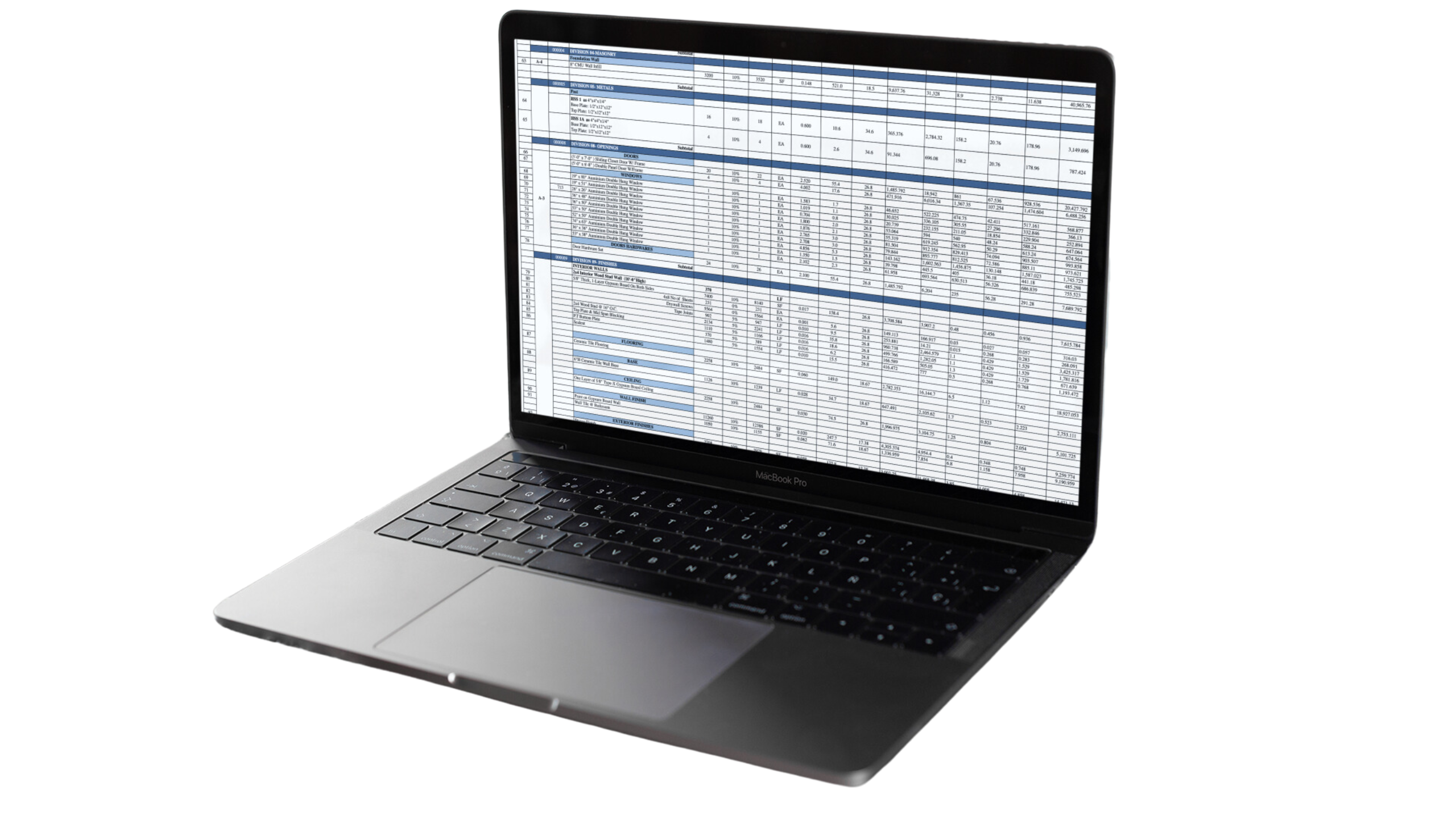
Solar Water Heater: $2,100 - $4,900
- Uses solar panels to heat water, eco-friendly, and can reduce energy bills in the long term. Solar water heaters harness renewable energy from the sun, making them an environmentally friendly and cost-effective option in the long run. They are ideal for sheds in sunny locations, where solar energy is abundant and reliable.
- Example: Installing a solar water heater system for sustainable hot water supply in the shed. Solar heaters require an initial investment but can provide significant savings on energy bills and reduce the carbon footprint of the shed. Solar water heaters are an excellent choice for environmentally conscious homeowners looking to integrate renewable energy solutions into their property.
Conclusion
Adding plumbing to a shed can significantly enhance its functionality and value. However, the cost of installing plumbing can vary widely based on factors such as the distance from the main house, the type of plumbing fixtures, the complexity of the installation, labor costs, and necessary permits and inspections. By understanding these factors and developing a detailed cost estimate, you can plan your project effectively and ensure that your shed meets your needs without exceeding your budget. Proper planning and careful selection of materials and fixtures can help create a functional and efficient plumbing system that adds convenience and value to your shed. Investing in quality materials and skilled labor ensures the longevity and reliability of the plumbing system, providing a long-term benefit for your property.
FAQs
Adding plumbing to a shed enhances its functionality, allowing it to be used as a workshop, guest house, or home office. It also increases property value by providing additional livable space. Plumbing adds convenience and versatility to the shed, making it a more useful and attractive feature on your property.
Choose plumbing fixtures based on your needs and budget. Basic fixtures are cost-effective, while mid-range and high-end fixtures offer better quality and additional features. Consider the intended use of the shed and select fixtures that provide the necessary functionality and durability for your specific requirements.
Yes, permits are typically required to ensure that the plumbing installation meets local building codes and regulations. The cost and requirements for permits can vary based on the complexity of the installation. Obtaining the necessary permits ensures compliance with all relevant regulations and provides peace of mind that the work is done correctly and safely.
To reduce costs, consider installing the shed closer to the main house, using basic fixtures, and performing some tasks yourself, such as trenching or insulation. However, ensure that all work meets code requirements. Proper planning and selecting cost-effective materials and fixtures can help manage the budget while still achieving the desired functionality.
Yes, you can install a water heater in your shed to provide hot water. Options include tankless water heaters, traditional tank heaters, and solar water heaters, each with its own cost and efficiency considerations. Choosing the right type of water heater depends on your specific needs, budget, and available space. Installing a water heater enhances the shed’s functionality, making it suitable for a wider range of uses.
Google Reviews

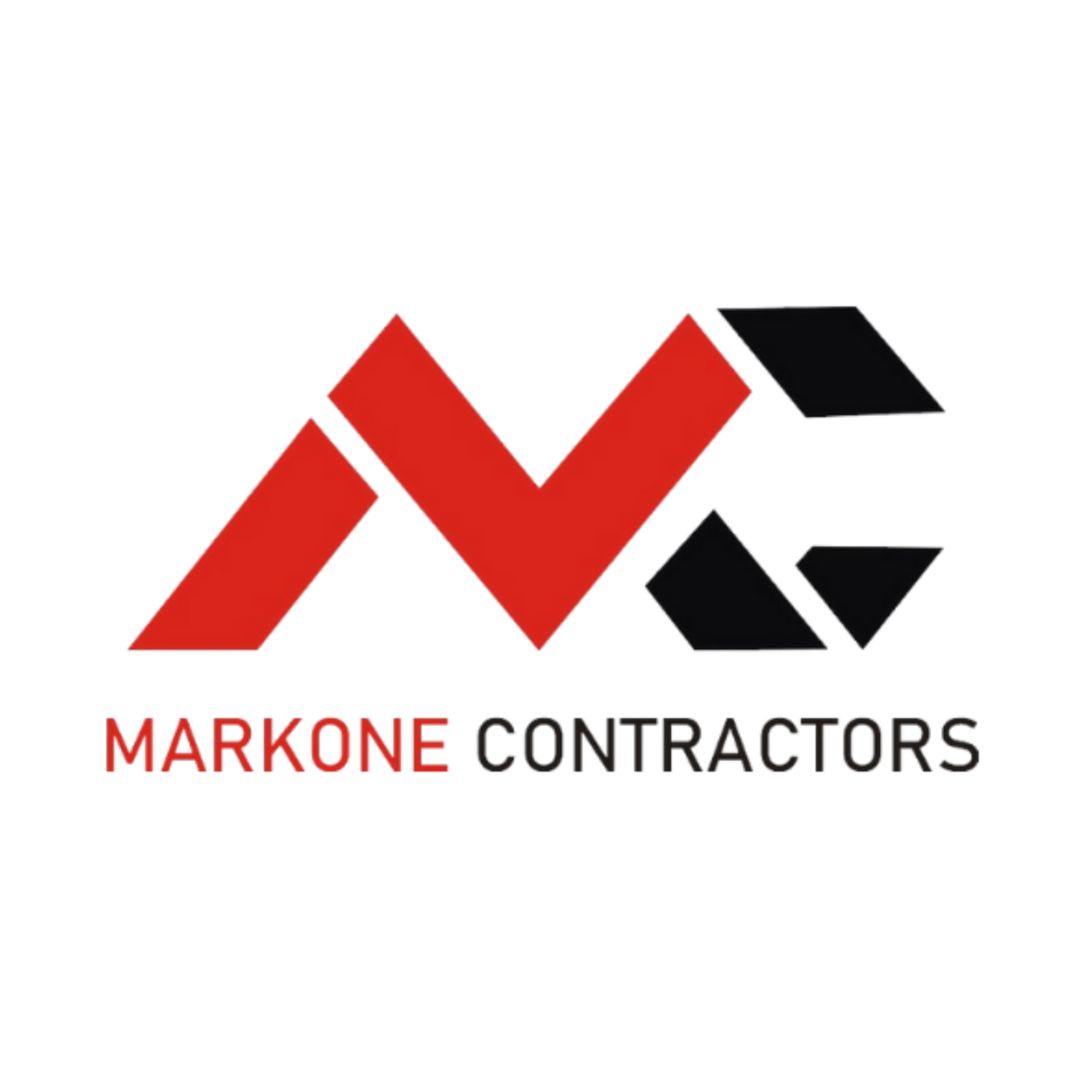
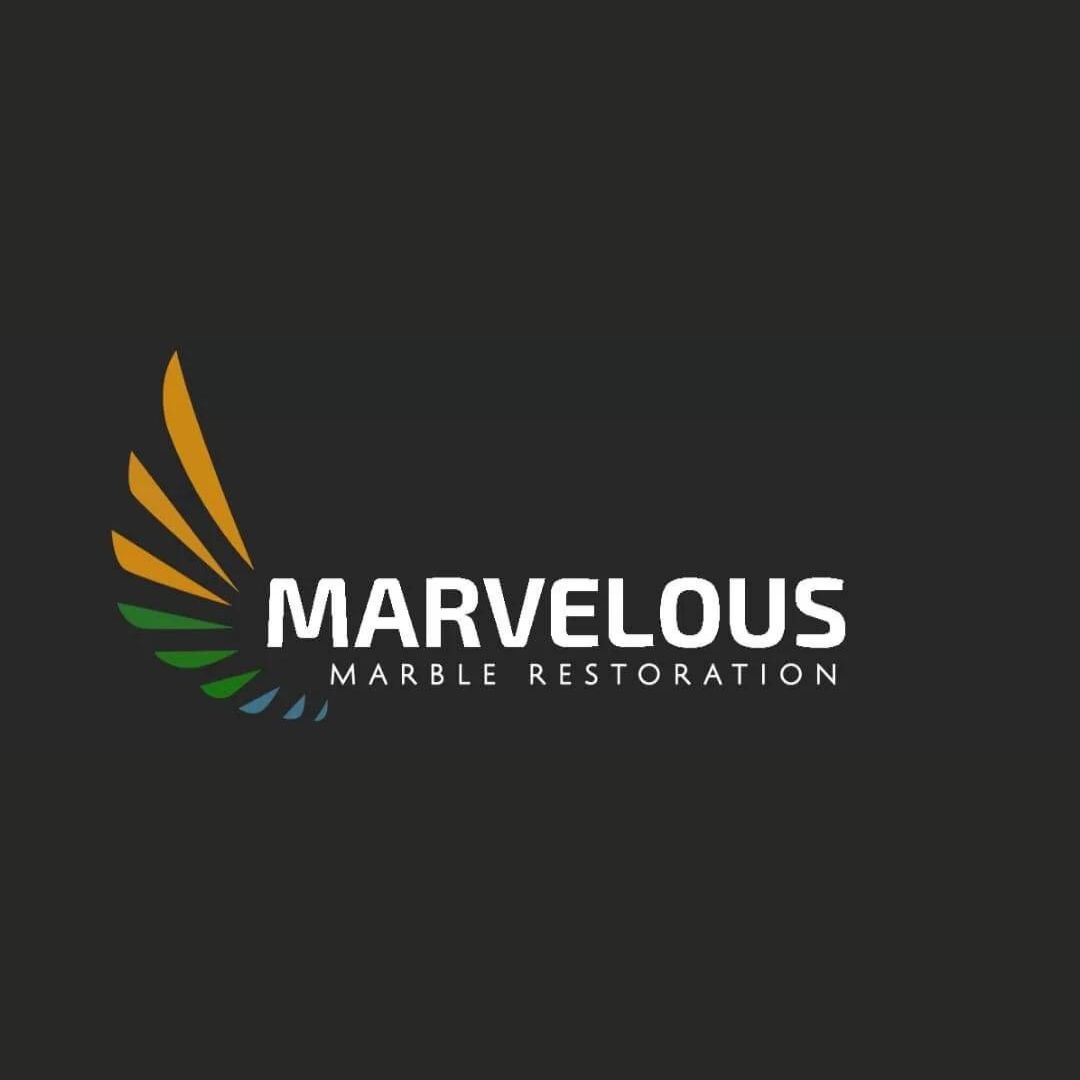
Process To Get The Cost To Put Plumbing in a Shed Estimate Report
Here I am going to share some steps to get the cost to put pkumbing in a shed estimate report.
-
You need to send your plan to us.
You can send us your plan on info@estimatorflorida.com
-
You receive a quote for your project.
Before starting your project, we send you a quote for your service. That quote will have detailed information about your project. Here you will get information about the size, difficulty, complexity and bid date when determining pricing.
-
Get Estimate Report
Our team will takeoff and estimate your project. When we deliver you’ll receive a PDF and an Excel file of your estimate. We can also offer construction lead generation services for the jobs you’d like to pursue further.

